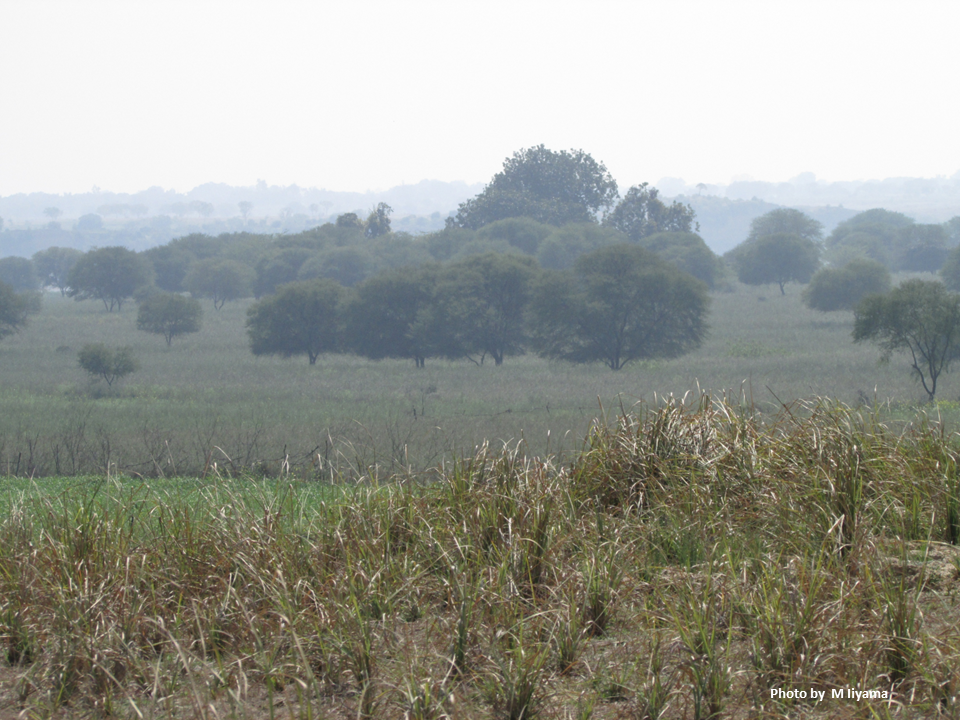Pick Up
1304. Deadly Heat and Humidity

1304. Deadly Heat and Humidity
Climate change increasingly threatens global health as the increased frequency of extreme heat events, combined with variability in humidity, leads to worsening direct and indirect health risks, increased strain on energy resources, and greater economic losses. Extreme heat poses increasingly severe global health risks, especially in vulnerable and resource-poor regions.
A literature review published in the Annual Review of Environment and Resources journal suggests targeted strategies and potential remedies to mitigate these impacts by examining the phenomenon of extreme heat and humidity since 1990.
The review found that the average number of heatwave days per year from 1990 to 2023 was 15.6 days. During the first 17 years (1990-2006), the average number of heatwave days per year was 12 days. However, between 2007 and 2023, the frequency of heatwaves increased, raising the average number of days per year to 19.3 days. A clear increase in the number of heatwave days globally has been observed, especially in parts of Africa, the Middle East, and Asia.
Extreme heat is characterized by high temperatures and long durations, and is usually classified as a heat wave if it lasts for 2 to 3 consecutive days. Unlike other studies, the researchers used ambient temperature and wet-bulb globe temperature (WBGT)—which takes into account humidity, solar radiation, and wind—to measure the change in extreme heat over time and place.
Vulnerable populations, such as the elderly, young children, and people with pre-existing conditions, face greater risks due to their reduced physiological adaptive capacity. Residents of socio-economically disadvantaged areas are also vulnerable due to increased exposure and reduced adaptive capacity. Occupational exposure further exacerbates these disparities, with outdoor workers, such as those in agriculture and construction, facing higher risks due to direct and long-term exposure to heat and dehydration. Although research has improved our understanding of the physiological effects of extreme heat and humidity, challenges remain, including a lack of consistency in data, a lack of a unified definition of heatwaves, and limited knowledge of their impact on mortality and morbidity, especially in specific populations.
The paper states that addressing these challenges requires enhanced data and a comprehensive assessment of the modifying effects of humidity. Global collaboration to strengthen heatstroke action plans is essential, with efforts focused on improving the accessibility and effectiveness of interventions, especially in under-resourced areas.
(Reference)
Shuang Zhou et al. 2025. Lethal Heat and Humidity Events. Annual Review of Environment and Resources
Vol. 50 https://doi.org/10.1146/annurev-environ-111523-102139
Contributor: IIYAMA Miyuki, Information Program
